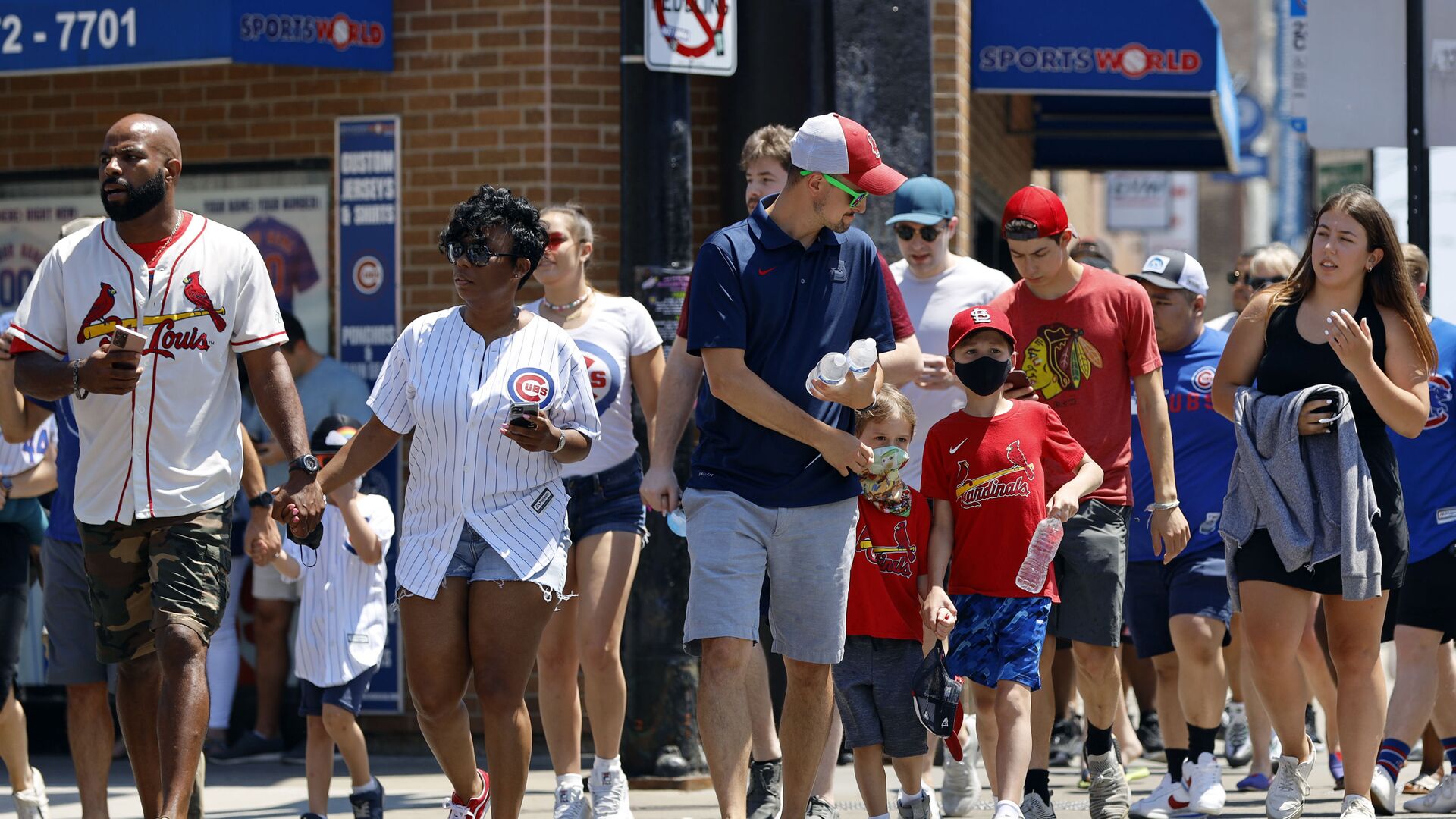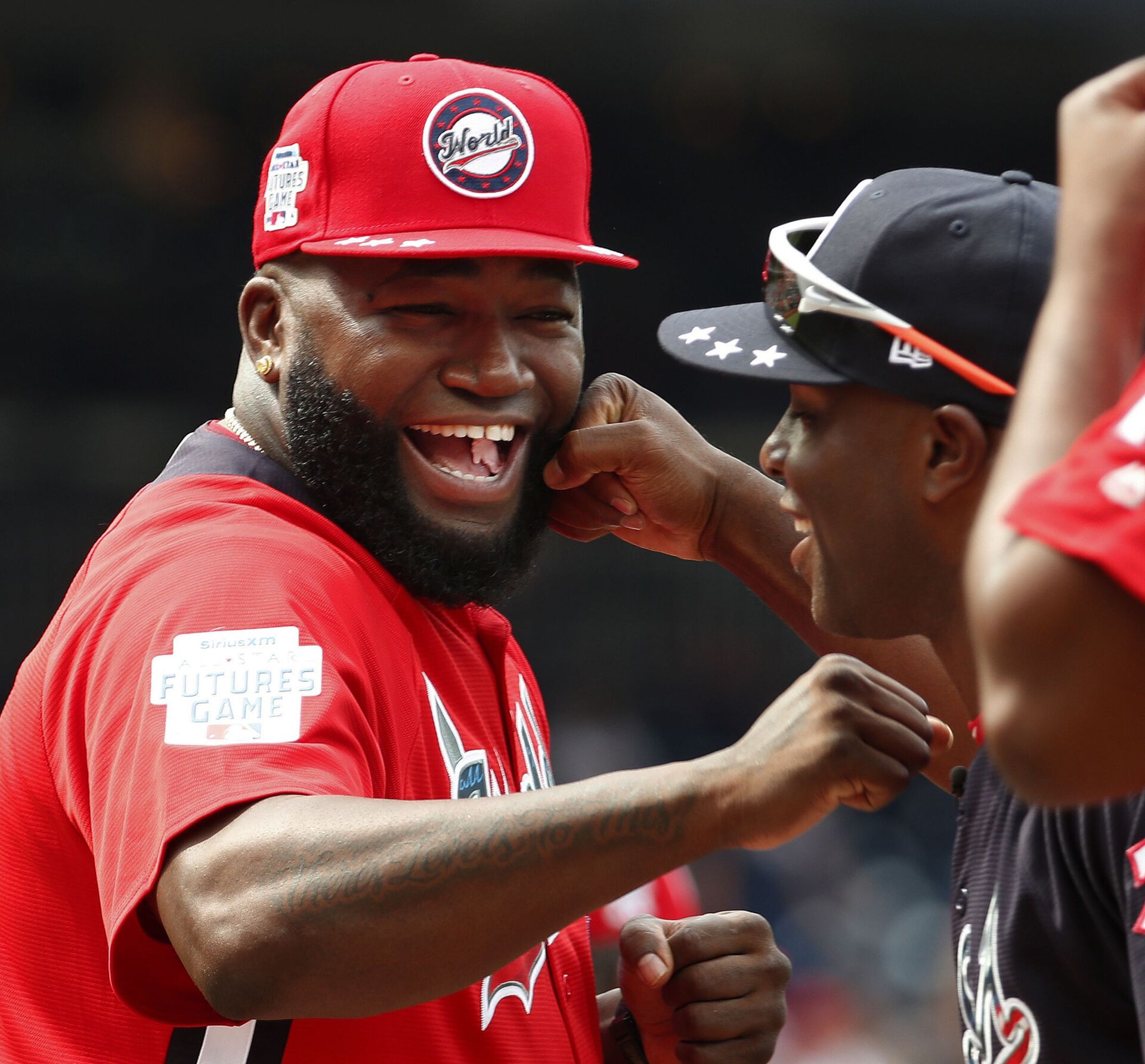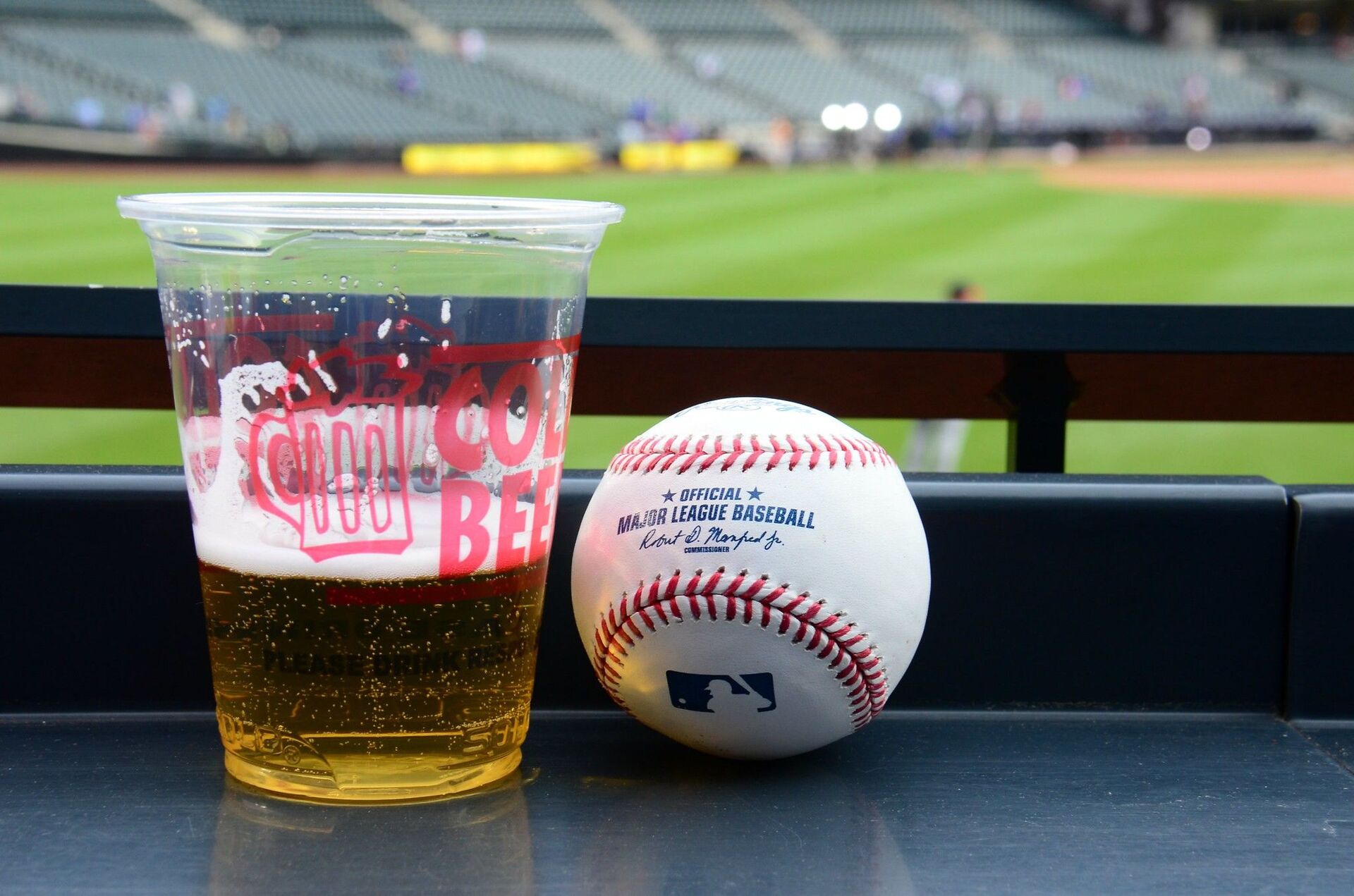https://sputnikglobe.com/20210924/batting-below-the-poverty-line-how-mlb-exploits-its-milb-workforce--1089353535.html
Batting Below the Poverty Line: How MLB Exploits Its MiLB Workforce
Batting Below the Poverty Line: How MLB Exploits Its MiLB Workforce
Sputnik International
Major League Baseball has long emphasized its ties to a distant, more idyllic past. Underneath all the marketing, it is and has always been a cold hard... 24.09.2021, Sputnik International
2021-09-24T00:43+0000
2021-09-24T00:43+0000
2021-09-24T00:42+0000
labor
baseball
major league baseball (mlb)
https://cdn1.img.sputnikglobe.com/img/07e5/08/0d/1083598176_0:0:3073:1728_1920x0_80_0_0_89297b6cdf20fb788cc7f060e9def5b5.jpg
Major League Baseball has the public perception of providing its employees with lucrative compensation. And to an extent, it’s true. Mike Trout signed a 12-year $426.5 million contract extension to stay with the Anaheim Angels, Mookie Betts inked a 12-year $365 million extension with the Los Angeles Dodgers, Bryce Harper signed for 13-years and $330 million with the Philadelphia Phillies, and the list of massive contracts goes on and on.However, the 30 MLB franchises that employ these highly compensated players have a much larger labor force than meets the eye. Every team has a sprawling ‘farm system’ that consists of 120 teams and makes up Minor League Baseball (MiLB). While the Major League ball clubs attract all the attention and most of the revenue, the fact remains, they make up roughly 20% of a team’s player labor force. Unlike their Major League peers, this massive group of players is woefully underpaid. The name “farm system” is all too astute, as players are compensated like they work down on a farm.According to the United States Department of Agriculture, the average farmworker made $14.58 an hour in 2020. A minor league baseball player, depending on what level they play at, receives a minimum salary anywhere from $500 to $700 a week. A farmworker, working 40 hours a week, would earn $583.20 for their labor. Minor League Baseball was nicknamed the ‘farm system’ because it’s where players were grown into Major Leaguers, not because its employees were compensated like a migrant farmer.What makes these wages even more discouraging, is that they’re a massive improvement from just last year. In 2020, the minimum weekly salary for Minor League players ranged from $290 to $502. While the substantial improvement in wages was applauded in some sectors, it comes with yet another massive caveat.In 2020, there were 160 Minor League teams, which was cut to 120 heading into 2021. For Major League teams to pay their players slightly better poverty wages, they cut 40 teams from existence. In reality, the total pool of money headed to minor leaguers hardly budged; it was just redirected at the cost of over 1,000 jobs.The problems for Minor League Baseball players only worsen when their five-month-long season ends. During the season, Minor Leaguers are paid near or below minimum wage, but when the off-season comes, they stop seeing a paycheck altogether. While getting a job in the off-season remains an option, it is hardly conducive to maximizing one’s potential. Teams expect players to workout and improve their skills, doing that is both expensive and time-consuming. For a lot of Minor Leaguers, they depend on their family, their credit card, and their signing bonus.Defenders of the current Minor League system will point to the MLB’s draft and international signing bonus system as reasons to not quibble over poor wages. There is some merit to the argument, players selected within the first 60 picks can expect to land a signing bonus in excess of $1 million. It isn’t until the 313th pick that the slotted bonus drops to $125,000. That’s a large check, but it obscures reality.Teams are assigned a total amount they can dole out in signing bonuses every draft, but are under no obligation to pay players in accordance with their draft slot. A club may give a player a $5,000 bonus to use the $120,000 from his slot elsewhere. Another factor to consider is that it is a one-time check, and most Minor Leaguers never make it to the Majors. Even if they do, if it takes five years to make it, a $125,000 check is only $25,000 a year, and that’s in a pretend world with no taxes.The system is designed to benefit a lucky few. These highly-rated prospects land massive signing bonuses that are enough for them to live comfortably off of as they work their way towards the Majors. Everyone else is simply there to provide for their development. Sometimes a lowly drafted player defies the odds and makes it. They still had to fight through a system set up to fail them. Exceptions to the rule don’t make the rule just.The worst part of the semi-feudal system known as Minor League Baseball is that there is more than enough money to go around. According to a study conducted by Sportico, the average valuation of a Major League Baseball franchise was $2.2 billion. There are approximately 116 players in a team’s farm system across four levels of Minor League Baseball. If teams were to increase their weekly pay by $1,000 in-season and give them a weekly stipend of $1,000 in the off-season, it would only cost them $6.03 million a year. The average major league salary is $4.17 million. For approximately the cost of one and a half Major Leaguers, 116 minor leaguers could be dragged out of literal poverty.America’s pastime has a massive Minor League problem. In a league worth an estimated $66 billion, it should be downright shocking that close to 80% of their workforce is in poverty. Yet, it isn’t. For as much as baseball claims to be America’s pastime, exploitation has it beat. It’s time for Major League Baseball to stop clinging to America’s true pastime, exploitation, and provide their workforce with livable wages.
Sputnik International
feedback@sputniknews.com
+74956456601
MIA „Rossiya Segodnya“
2021
News
en_EN
Sputnik International
feedback@sputniknews.com
+74956456601
MIA „Rossiya Segodnya“
Sputnik International
feedback@sputniknews.com
+74956456601
MIA „Rossiya Segodnya“
labor, baseball, major league baseball (mlb)
labor, baseball, major league baseball (mlb)
Batting Below the Poverty Line: How MLB Exploits Its MiLB Workforce
Major League Baseball has long emphasized its ties to a distant, more idyllic past. Underneath all the marketing, it is and has always been a cold hard business. MLB rakes in billions in revenue, while most of its workforce are paid poverty wages.
Major League Baseball has the public perception of providing its employees with lucrative compensation. And to an extent, it’s true. Mike Trout signed a 12-year $426.5 million contract extension to stay with the Anaheim Angels, Mookie Betts inked a 12-year $365 million extension with the Los Angeles Dodgers, Bryce Harper signed for 13-years and $330 million with the Philadelphia Phillies, and the list of massive contracts goes on and on.
However, the 30 MLB franchises that employ these highly compensated players have a much larger labor force than meets the eye. Every team has a sprawling ‘farm system’ that consists of 120 teams and makes up Minor League Baseball (MiLB). While the Major League ball clubs attract all the attention and most of the revenue, the fact remains, they make up roughly 20% of a team’s player labor force. Unlike their Major League peers, this massive group of players is woefully underpaid.
The name “farm system” is all too astute, as players are compensated like they work down on a farm.
According to the United States Department of Agriculture, the average farmworker made $14.58 an hour in 2020. A minor league baseball player, depending on what level they play at, receives a minimum salary
anywhere from $500 to $700 a week. A farmworker, working 40 hours a week, would earn $583.20 for their labor. Minor League Baseball was nicknamed the ‘farm system’ because it’s where players were grown into Major Leaguers, not because its employees were compensated like a migrant farmer.
What makes these wages even more discouraging, is that they’re a massive improvement from just last year. In 2020, the minimum weekly salary for Minor League players ranged from $290 to $502. While the substantial improvement in wages was applauded in some sectors, it comes with yet another massive caveat.
In 2020, there were 160 Minor League teams, which was cut to 120 heading into 2021. For Major League teams to pay their players slightly better poverty wages, they cut 40 teams from existence. In reality, the total pool of money headed to minor leaguers hardly budged; it was just redirected at the cost of over 1,000 jobs.
The problems for Minor League Baseball players only worsen when their five-month-long season ends. During the season, Minor Leaguers are paid near or below minimum wage, but when the off-season comes, they stop seeing a paycheck altogether. While getting a job in the off-season remains an option, it is hardly conducive to maximizing one’s potential.
Teams expect players to workout and improve their skills, doing that is both expensive and time-consuming. For a lot of Minor Leaguers, they depend on their family, their credit card, and their signing bonus.
Defenders of the current Minor League system will point to the MLB’s draft and international signing bonus system as reasons to not quibble over poor wages. There is some merit to the argument,
players selected within the first 60 picks can expect to land a signing bonus in excess of $1 million. It isn’t until the 313th pick that the slotted bonus drops to $125,000. That’s a large check, but it obscures reality.
Teams are assigned a total amount they can dole out in signing bonuses every draft, but are under no obligation to pay players in accordance with their draft slot. A club may give a player a $5,000 bonus to use the $120,000 from his slot elsewhere. Another factor to consider is that it is a one-time check, and most Minor Leaguers never make it to the Majors. Even if they do, if it takes five years to make it, a $125,000 check is only $25,000 a year, and that’s in a pretend world with no taxes.
The system is designed to benefit a lucky few. These highly-rated prospects land massive signing bonuses that are enough for them to live comfortably off of as they work their way towards the Majors. Everyone else is simply there to provide for their development. Sometimes a lowly drafted player defies the odds and makes it. They still had to fight through a system set up to fail them. Exceptions to the rule don’t make the rule just.
The worst part of the semi-feudal system known as Minor League Baseball is that there is more than enough money to go around.
According to a study conducted by Sportico, the average valuation of a Major League Baseball franchise was $2.2 billion. There are approximately 116 players in a team’s farm system across four levels of Minor League Baseball. If teams were to increase their weekly pay by $1,000 in-season and give them a weekly stipend of $1,000 in the off-season, it would only cost them $6.03 million a year. The
average major league salary is $4.17 million. For approximately the cost of one and a half Major Leaguers, 116 minor leaguers could be dragged out of literal poverty.
America’s pastime has a massive Minor League problem. In a league worth an estimated $66 billion, it should be downright shocking that close to 80% of their workforce is in poverty. Yet, it isn’t. For as much as baseball claims to be America’s pastime, exploitation has it beat.
It’s time for Major League Baseball to stop clinging to America’s true pastime, exploitation, and provide their workforce with livable wages.



